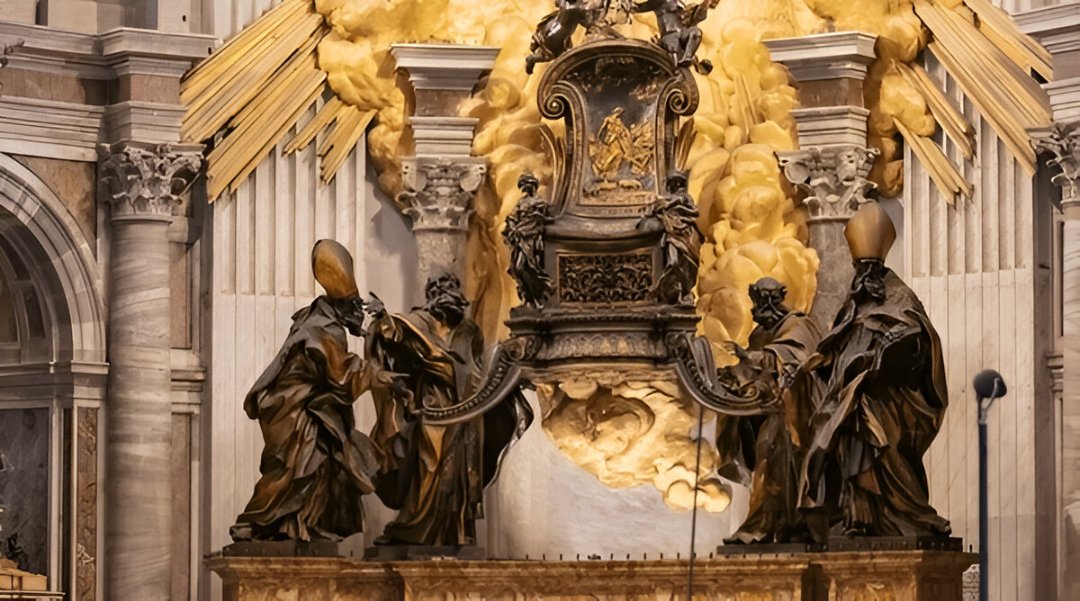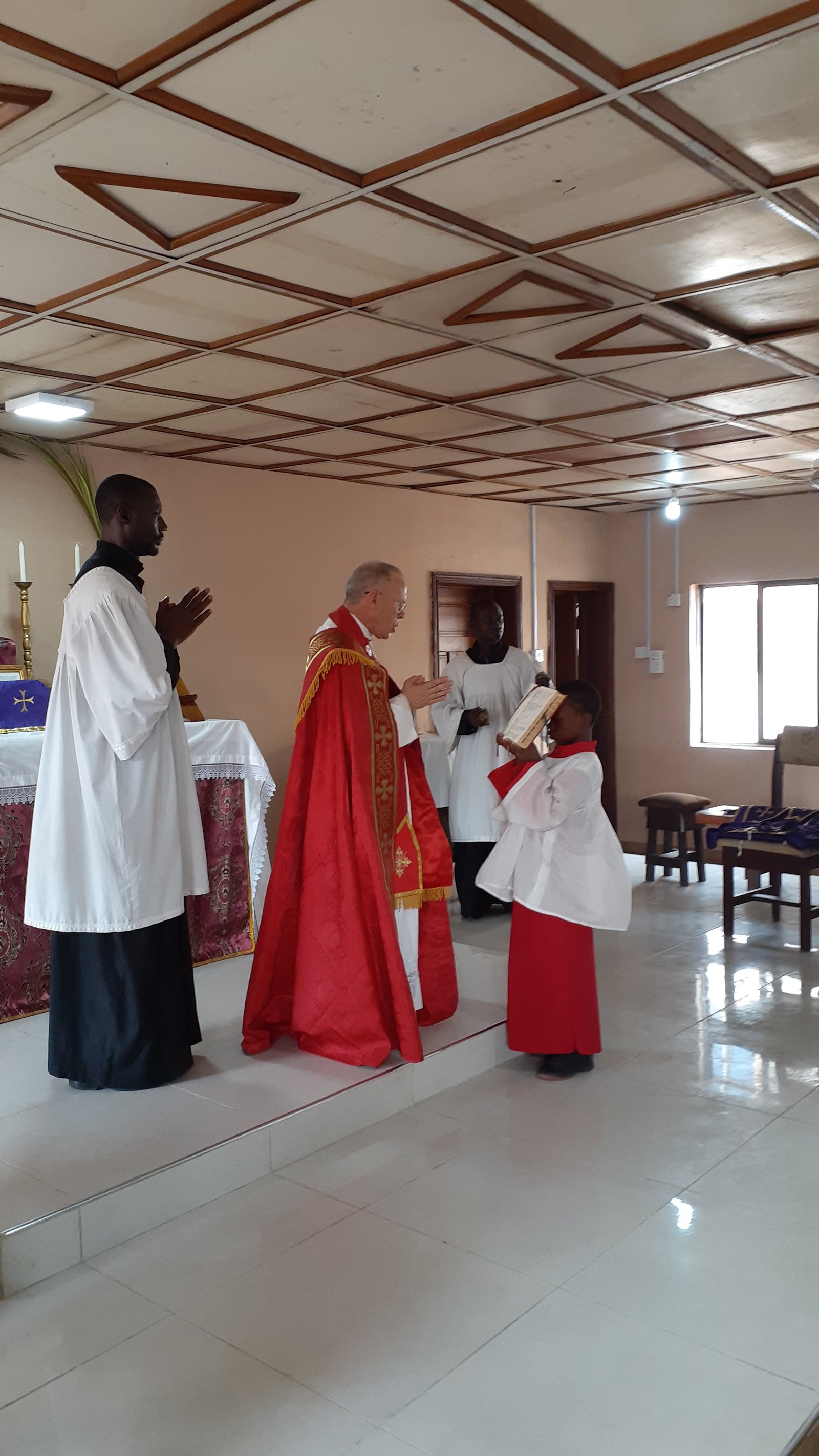Are All The Traditional Catholics Sedevacantists at This Time?

It Seems That They Are
Objection 1. It would seem that all traditional Catholics are sedevacantists at this moment, for since the death of Pope Francis on April 21, 2025, the Church is in a state of sede vacante, meaning the papal see is vacant. Sedevacantists hold that the see has been vacant since at least the death of Pope Pius XII in 1958, due to the alleged formal heresies of post-Vatican II popes. They argue from the doctrine of papal infallibility, defined by the First Vatican Council (Pastor Aeternus, ch. 4), which teaches that the pope cannot err when speaking “ex cathedra on faith and morals”. If a pope teaches error, they say, he cannot be a true pope, lest the Church’s indefectibility be compromised.
Objection 2. Further, some assert that the elections of popes since 1958 are invalid, citing “Canon 188 of the 1917 Code of Canon Law”, which declares that a public heretic loses his office by the very fact of his heresy. If the college of cardinals includes heretics or lacks proper intention, they argue, no valid pope can be elected, leaving the see perpetually vacant a position all traditional Catholics might now share in practice during this vacancy.
Objection 3. Moreover, sedevacantists claim that the visibility of the Church is secondary to its indefectibility. They reject the Novus Ordo Mass and sacraments as invalid, except their baptism in some occasion, associating them with a false hierarchy. Since there is no pope now, all traditional Catholics might be seen as sedevacantists, for they too experience this vacancy and may question the modern Church’s legitimacy.
On the Contrary
On the contrary, the Church’s visibility is an essential mark, as taught by the Council of Trent (Session 13, ch. 1) and affirmed by the First Vatican Council (Dei Filius, ch. 3), which declare that the Church must have a visible head and hierarchy. The Society of St. Pius X (SSPX) maintains that, despite the current vacancy, the Church remains visible through its bishops and priests, and a valid papal election remains possible, as demonstrated by the Council of Constance (1414–1418), which resolved the Great Western Schism by electing a pope amidst confusion.
I Answer That
I answer that, although the Church is presently in a state of sede vacante following Pope Francis’s death, this does not mean all traditional Catholics are sedevacantists in the theological sense. Sedevacantism is not merely the acknowledgment of a vacant see but a specific stance denying the legitimacy of recent popes and, often, the possibility of future valid elections. However, traditional Catholics aligned with the SSPX recognize the Church’s visible structure and potential for a future pope, distinguishing them from sedevacantists.
The dispute depends on two attributes of the Church: its visibility and its indefectibility. Sedevacantists emphasize indefectibility, arguing that a heretical pope cannot lead the Church without defecting from its divine mission. Yet, this risks denying visibility, for if the hierarchy and college of cardinals are rejected outright, the Church becomes an invisible sect, a position foreign to Catholic tradition. The SSPX, following St. Augustine and St. Thomas Aquinas (Summa Theologiae, III, q. 8, a. 1), holds that the Church’s visibility endures through its sacramental life and apostolic succession, even during a vacancy or under an erring pope.
Replies to Objections
Rto 1. To the first objection, papal infallibility applies only to ex cathedra pronouncements, not to every word or act of a pope. St. Robert Bellarmine (De Romano Pontifice, bk. 4, ch. 6) teaches that a pope may err personally, even gravely, without losing his office unless he formally defects from the faith, a judgment reserved to the Church, not individuals. Thus, past popes’ errors do not necessitate a vacant see beyond the current natural vacancy.
Rto 2. To the second, Canon 188 requires a public and manifest heresy, confirmed by ecclesiastical authority, not private opinion. The SSPX notes that sedevacantists overstep by judging popes and elections without such authority, echoing the private judgment condemned by the Council of Trent (Session 23, can. 7) against Protestantism. The Church’s history, as at Constance, shows it can rectify electoral crises.
Rto 3. To the third, the Church’s visibility rests not solely on the pope but on its hierarchy and sacraments. St. Thomas Aquinas (Summa Theologiae, III, q. 64, a. 2) affirms that the Church endures through its apostolic ministers, even in times of trial. The SSPX upholds this, distinguishing their stance from sedevacantists who risk reducing the Church to a remnant without structure.
Therefore, it must be said that not all traditional Catholics are sedevacantists, though all now share in the temporary state of sede vacante due to the absence of a reigning pontiff. The sedevacantist position, while seeking to preserve the Church’s indefectibility, errs gravely by denying its visibility, rejecting the college of cardinals, and despairing of future valid papal elections. This denial undermines the Church’s nature as a visible society, instituted by Christ to be “the pillar and ground of truth” (1 Timothy 3:15), as taught by the Council of Trent (Session 13, ch. 1) and the First Vatican Council (Dei Filius, ch. 3). For, as St. Thomas Aquinas teaches, the Church’s unity and visibility are inseparable from its divine foundation (Summa Theologiae, III, q. 8, a. 1), enduring through apostolic succession even in times of trial.
In contrast, the Society of St. Pius X, rooted in Catholic tradition, upholds the Church’s visible structure and trusts in its capacity to elect a true pope, as proven by the resolution of the Great Western Schism at Constance. Both sides strive to safeguard the faith, yet the sedevacantist view risks a Protestant-like rejection of visible authority, contrary to the Church’s perennial teaching. Thus, while all Catholics now experience a vacant see, only those who deny the Church’s visible governance fall into the error of sedevacantism. In truth, the Church remains ever visible and indefectible, guided by the Holy Spirit, as Christ promised: “I am with you always, even to the end of the age” (Matthew 28:20).
SHARE
COMMENTS (0)

St. Pius X Chapel Yaba, Lagos Mass...
Saturday May 08, 2021

Palm Sunday Procession
Thursday April 01, 2021
